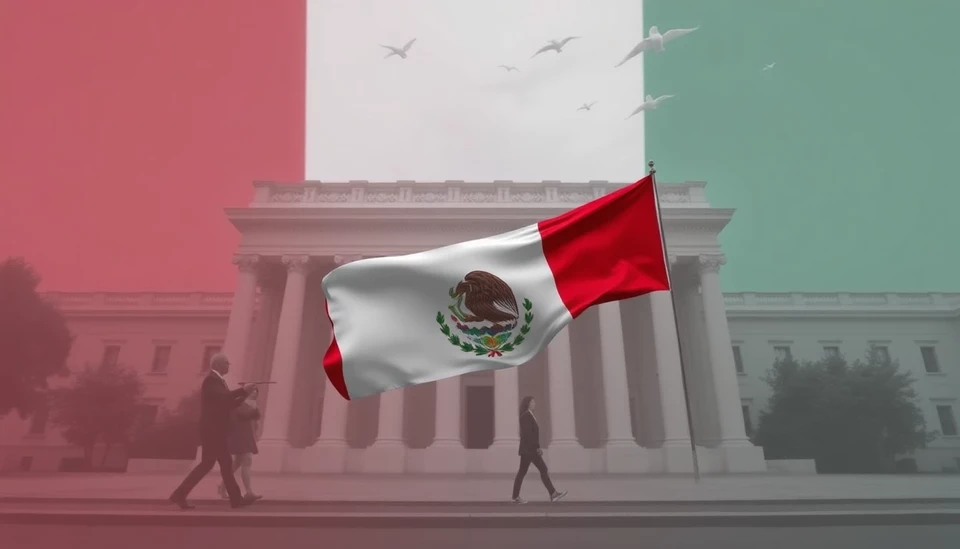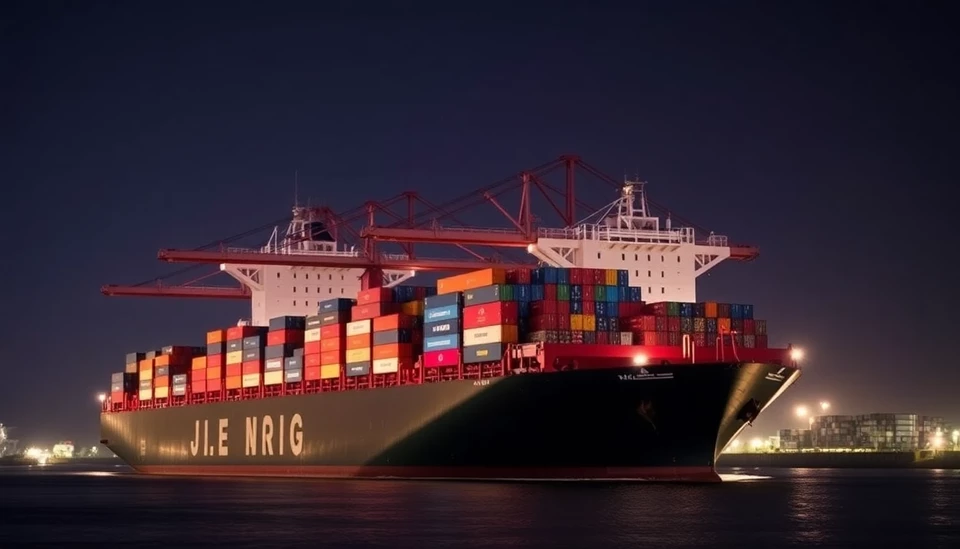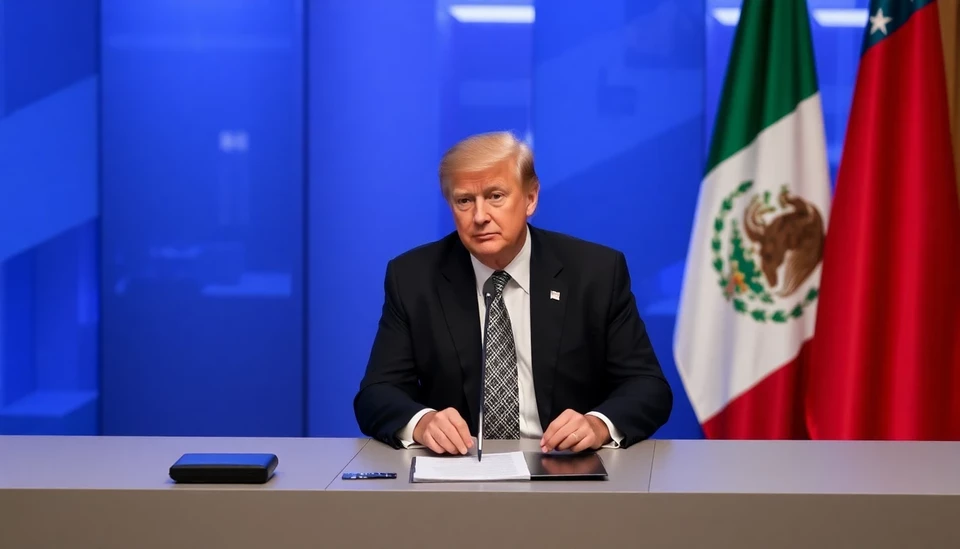
In a move aimed at revitalizing the domestic textile industry, Mexico has instituted new tariffs on imported Chinese textiles. This decision has sent ripples through the fashion landscape, particularly benefiting local dressmakers who specialize in crafting exquisite quinceañera gowns. These dresses, essential for the traditional Mexican celebration marking a girl's transition into womanhood, require vibrant fabrics and intricate designs, making the textile supply chain critical for artisans.
The tariffs, set to take effect shortly, are expected to increase the cost of imported textiles, ultimately making local alternatives more competitive. For dressmakers who have long struggled to compete with cheap imports, this change is seen as a much-needed lifeline. The Mexican government’s initiative is not just an economic policy but also a cultural preservation effort, as it aims to support local crafts and promote national pride in traditional customs.
Quinceañeras are significant celebrations in Mexican culture, often marked by lavish parties and beautiful attire. The dresses, ranging from simple to opulent, are central to the festivities. However, the availability of affordable but lower-quality fabrics from China has made it challenging for local designers to maintain both their artistry and livelihood. As a result, many artisans have found themselves at a crossroads, having to choose between sacrificing quality or increasing their prices to compete with mass-produced garments.
Local dressmakers, including established families known for their craftsmanship and newcomers passionate about the art, are rallying in support of the government’s decision. This renewed focus on domestic production is anticipated to boost employment within the sector, providing job opportunities not just for dressmakers but also for suppliers and manufacturers involved in the entire process from fabric creation to final stitching.
Moreover, by imposing these tariffs, the Mexico government hopes to stimulate investment in local textile production, encouraging companies to establish factories and supply chains that would benefit from both export potential and local demand. This strategic move is aligned with global trends focusing on sustainability and local sourcing, aiming not only to enhance the economy but also to reduce the carbon footprint associated with long-distance textile transportation.
As the implementation date for these tariffs approaches, industry stakeholders are closely monitoring the situation. Many are optimistic that the local market can rise to the occasion, producing high-quality textiles that cater to the aesthetic demands of quinceañera gowns while reinforcing the importance of local artisanship in the cultural fabric of Mexico.
Overall, this shift not only stands to create a more equitable marketplace for dressmakers but also calls for a renaissance of traditional skills and an appreciation for the artistry embedded in locally made garments. The outcome of this policy may very well redefine how Mexican society views its textile industry and the invaluable contributions of local artisans.
As the quinceañera season approaches, the stakes are high for dressmakers. They now find themselves at a vital juncture that could lead to a resurgence of pride in local craftsmanship. The upcoming months will reveal just how impactful these tariffs will be on the landscape of textile fashion in Mexico.
#Mexico #Textiles #Quinceañera #Tariffs #LocalArtisans #FashionIndustry #CulturalPreservation #SustainableFashion #EconomicRevitalization
Author: Victoria Adams




